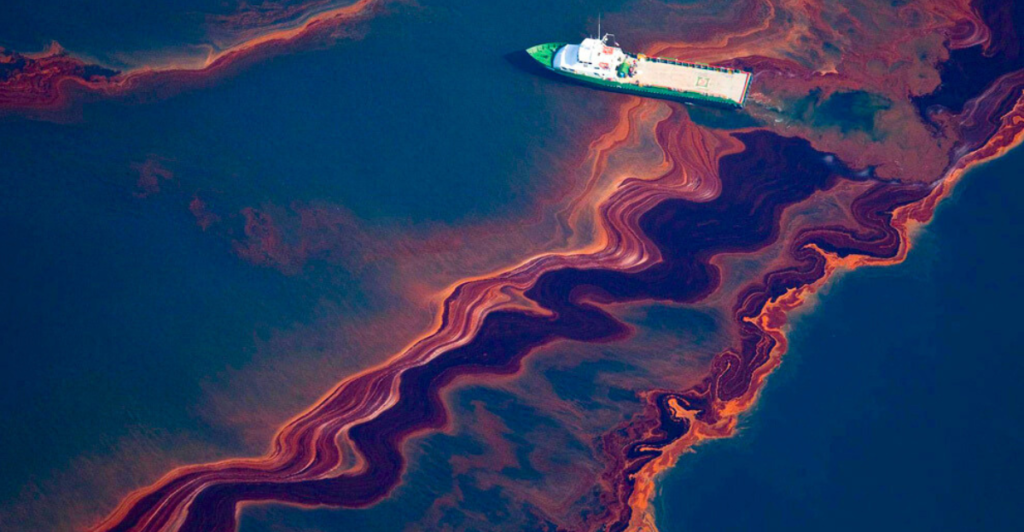
South America, rich in natural resources, has experienced numerous oil spills. These incidents have led to significant environmental degradation, affecting marine and terrestrial ecosystems. Despite the severity of these spills, cleanup efforts often face delays and challenges, raising questions about the underlying reasons for inadequate responses.
Environmental Impact of Oil Spills
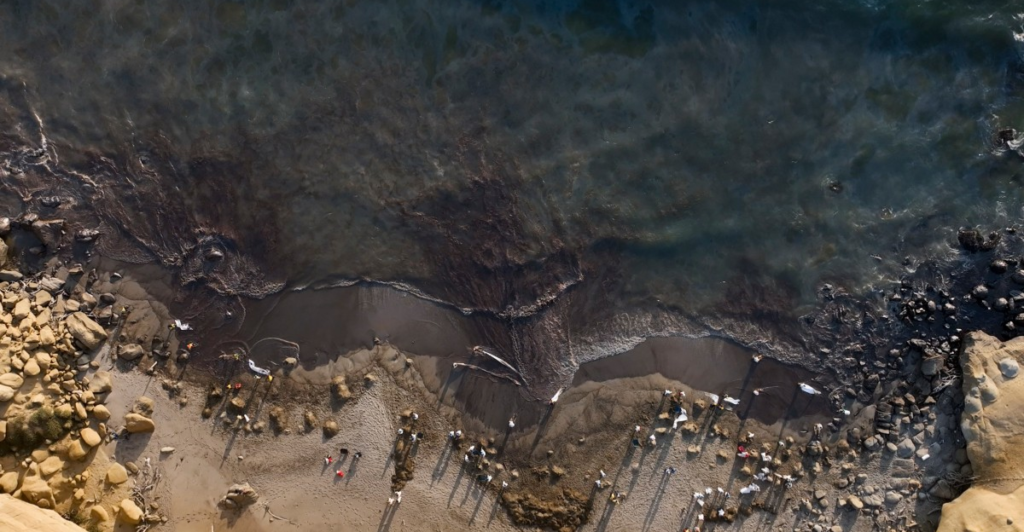
Oil spills in South America have devastating effects on biodiversity. For instance, Peru’s 2024 Lobitos oil spill contaminated approximately 10,000 square meters of seawater, affecting various marine species, including vulnerable olive ridley sea turtles. Such spills disrupt food chains, lead to long-term habitat loss, and pose health risks to local communities.
Economic Consequences
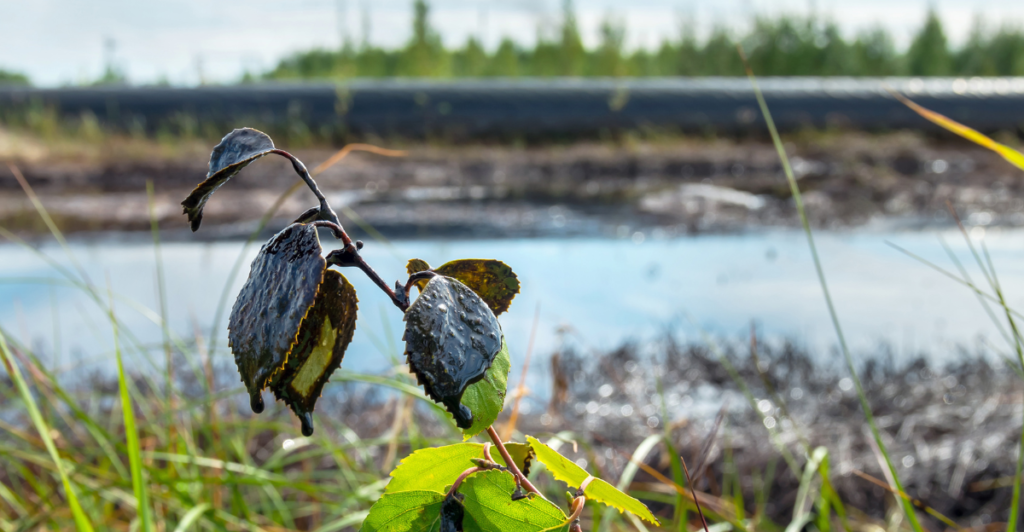
The economic fallout from oil spills is profound. In regions like Lobitos, Peru, spills have severely impacted tourism and fishing, the primary income sources for local populations. Contaminated beaches deter tourists, while polluted waters render fishing activities unsafe, leading to the loss of livelihoods for thousands of families.
Challenges in Cleanup Efforts
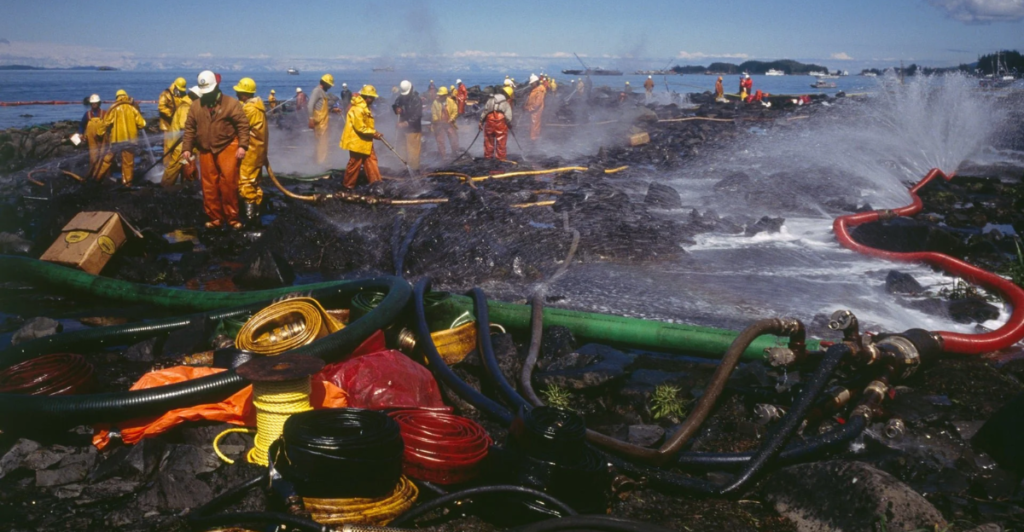
Several factors hinder effective oil spill remediation in South America. Aging infrastructure, such as poorly maintained pipelines, increases the risk of spills. Geohazards like landslides can cause ruptures, and social conflicts may delay response times. Additionally, acts of sabotage and intrusion further complicate cleanup operations.
Regulatory and Enforcement Issues
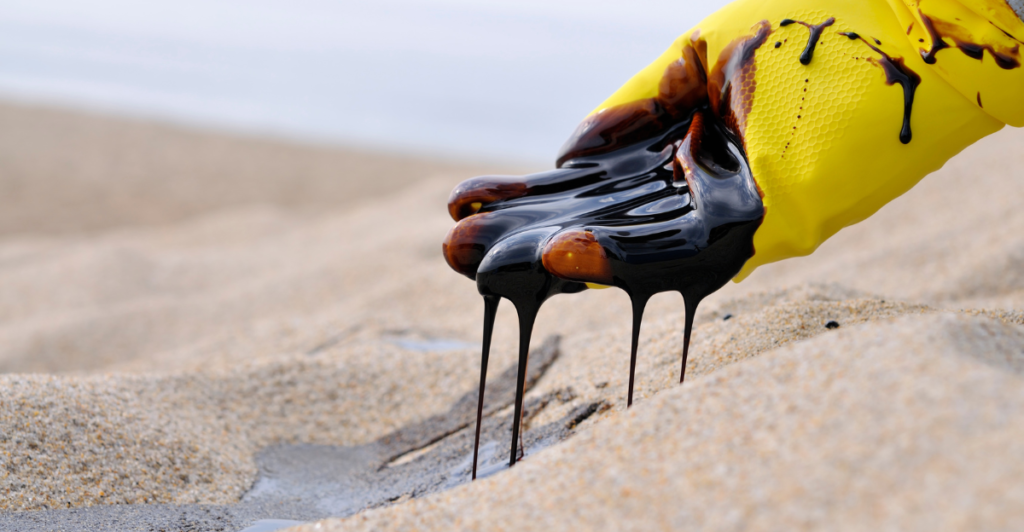
Despite existing environmental protection laws, enforcement remains weak. Investigations have revealed that out of 8,278 environmental liabilities caused by the oil industry across Bolivia, Colombia, Ecuador, and Peru, 6,371 cases remain unaddressed. This lack of enforcement undermines public trust and allows environmental degradation to persist.
Case Study: Peru’s Environmental Emergency
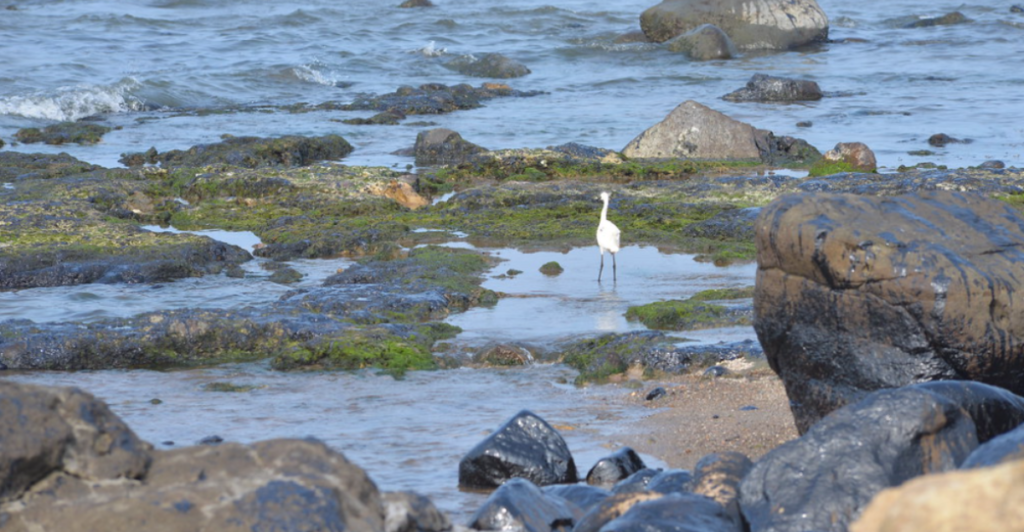
In December 2024, Peru declared a 90-day environmental emergency following a significant oil spill by state firm Petroperu at the Talara refinery terminal. The spill affected at least seven beaches and local wildlife, disrupting fishermen’s livelihoods. The emergency aimed to facilitate recovery and remediation efforts, highlighting the need for prompt governmental response.
Indigenous Communities at Risk
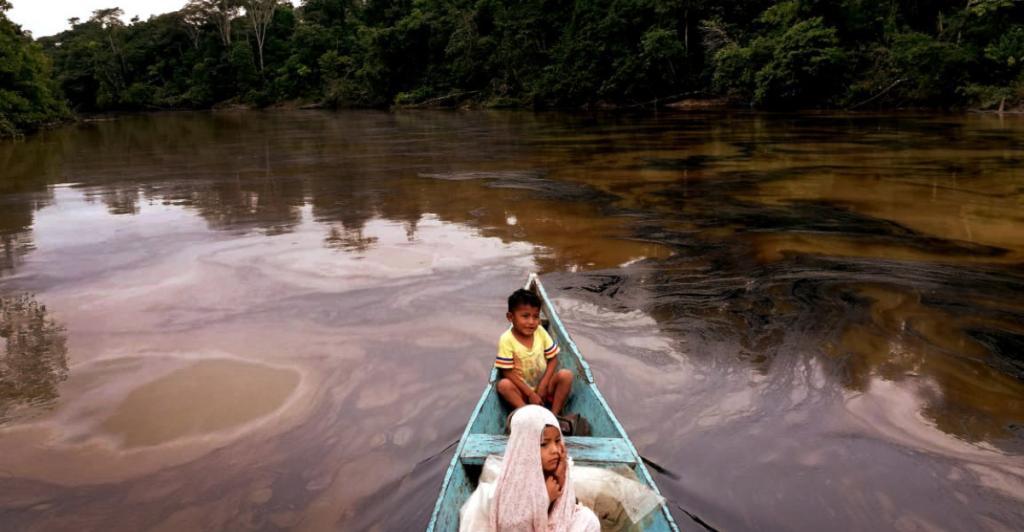
Oil spills disproportionately impact Indigenous communities. In Peru’s Amazon, oil and gas extraction encroaches on the lands of uncontacted Indigenous peoples, threatening their health, culture, and environment. Contaminated water sources and loss of biodiversity jeopardize traditional ways of life.
Grassroots Monitoring Initiatives
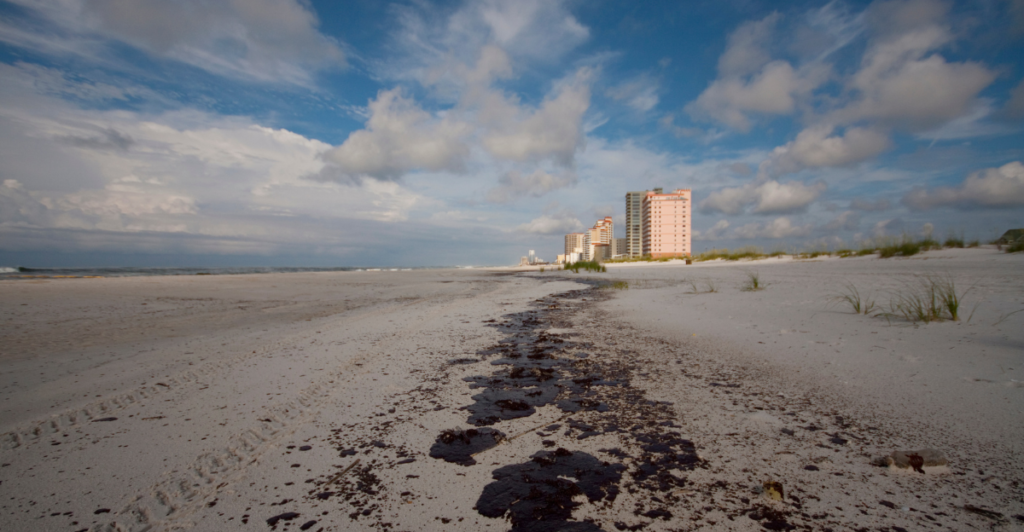
In response to inadequate official action, local communities have taken matters into their own hands. Fishermen in Rio de Janeiro, Brazil, utilize the “De Olho na Guanabara” app to document and report water pollution in Guanabara Bay. This citizen-led initiative empowers communities to hold polluters accountable and advocate for cleaner environments.
Governmental Responses and Policies
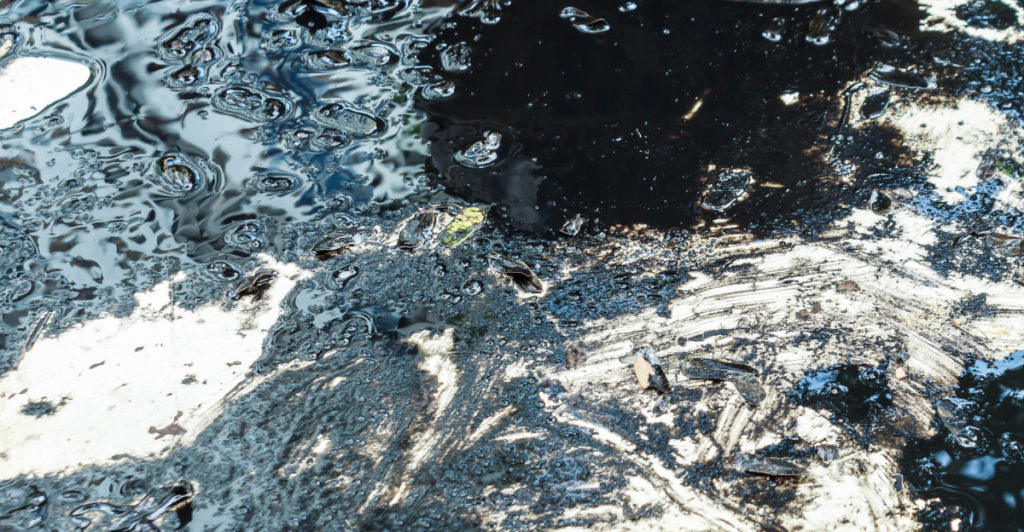
Governmental responses to oil spills vary across South America. While some countries declare environmental emergencies and draft new regulations, enforcement often falls short. Political instability, corruption, and economic dependencies on oil revenues can impede the implementation of adequate ecological protections.
The Role of Oil Companies
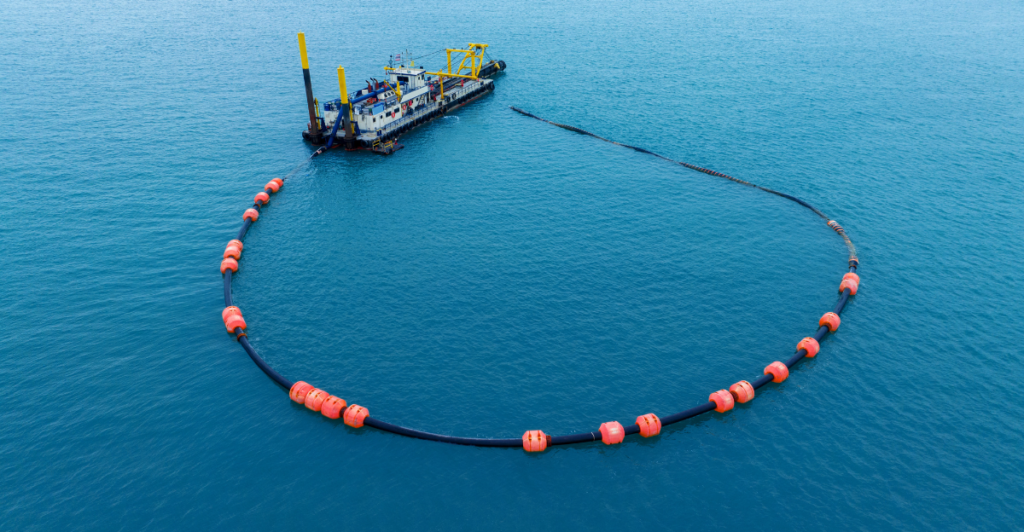
Oil companies play a crucial role in both causing and addressing spills. Incidents like the 2024 Lobitos oil spill involving state-owned Petroperu underscore the need for stringent safety protocols and regular infrastructure maintenance. Corporate transparency and accountability are essential for preventing future disasters.
International Perspectives
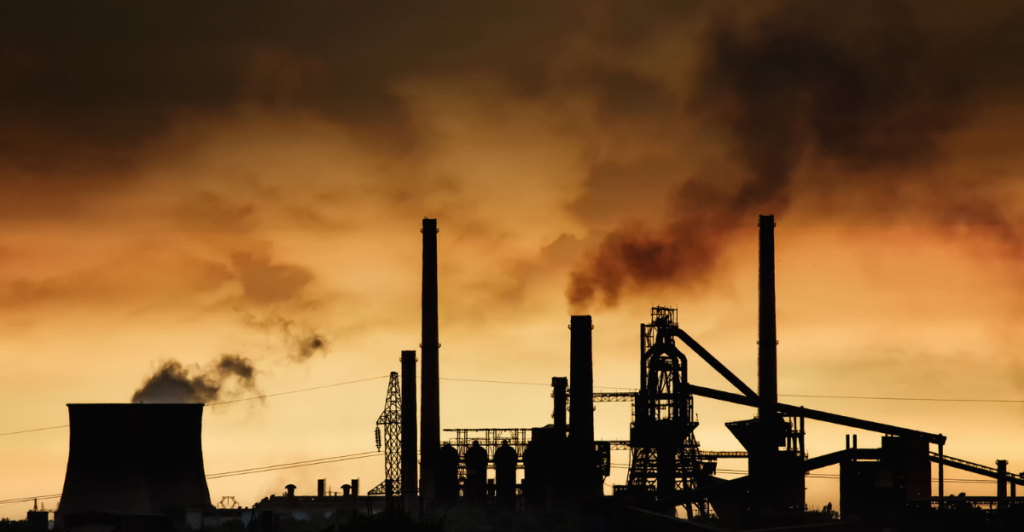
International attention to South America’s oil spills is growing. Indigenous leaders from Peru have traveled abroad to urge foreign lawmakers to halt international banks’ support for oil activities in the Amazon, which cause significant environmental damage. Such advocacy highlights the global interconnectedness of environmental issues.
Future Outlook and Solutions
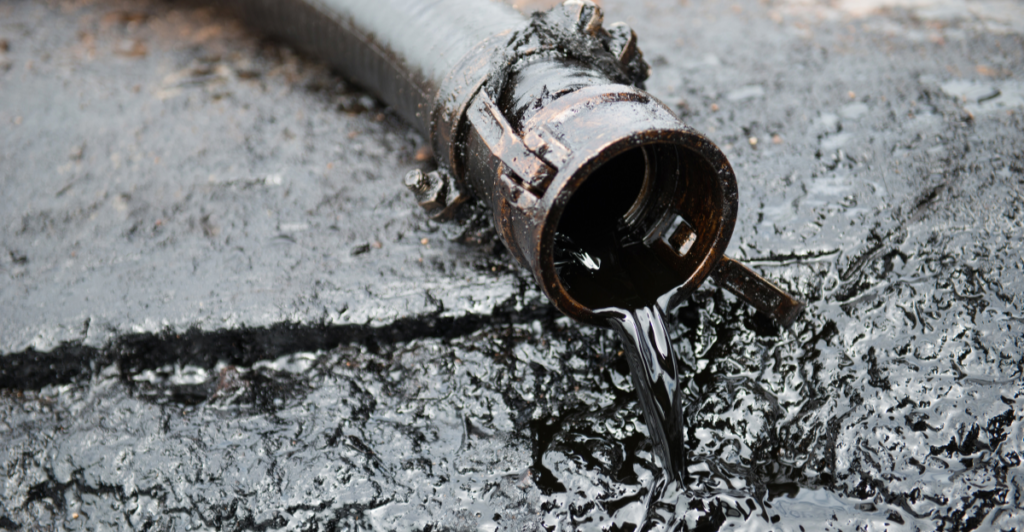
Addressing oil spills in South America requires a multifaceted approach. Vital steps include strengthening regulatory frameworks, enhancing enforcement, investing in infrastructure maintenance, and supporting community-led monitoring. Collaborative efforts between governments, corporations, and local communities can pave the way for sustainable environmental stewardship.
South America’s Rich Ecosystem
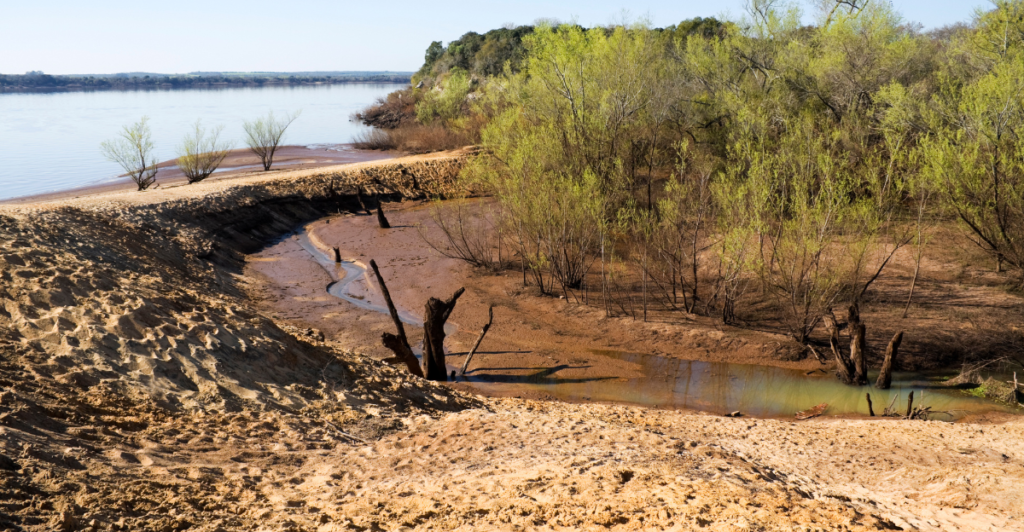
Oil spills significantly threaten South America’s rich ecosystems and people’s livelihoods. While challenges in cleanup efforts persist, increased awareness, robust policies, and community engagement offer hope for more effective responses. Collective action is essential to protecting the continent’s environmental heritage for future generations.
Discover more of our trending stories and follow us to keep them appearing in your feed

California Is Breaking Apart: A Fault Line Is Forming Faster Than Anyone Predicted
Philanthropist Promises To Cover $771.23M Annually After US Exit From Climate Accords
The War on Cows Is Over—And Green Extremists Have Lost
There Will Be Eruptions”: Concerns Mount as Yellowstone Supervolcano Activity Shifts
References:
Reference 1
Reference 2
Reference 3
This article first appeared here
Stay connected with us for more stories like this! Follow us to get the latest updates or hit the Follow button at the top of this article, and let us know what you think by leaving your feedback below. We’d love to hear from you!







